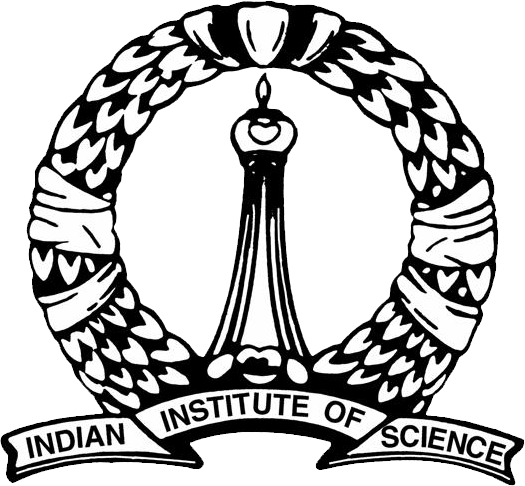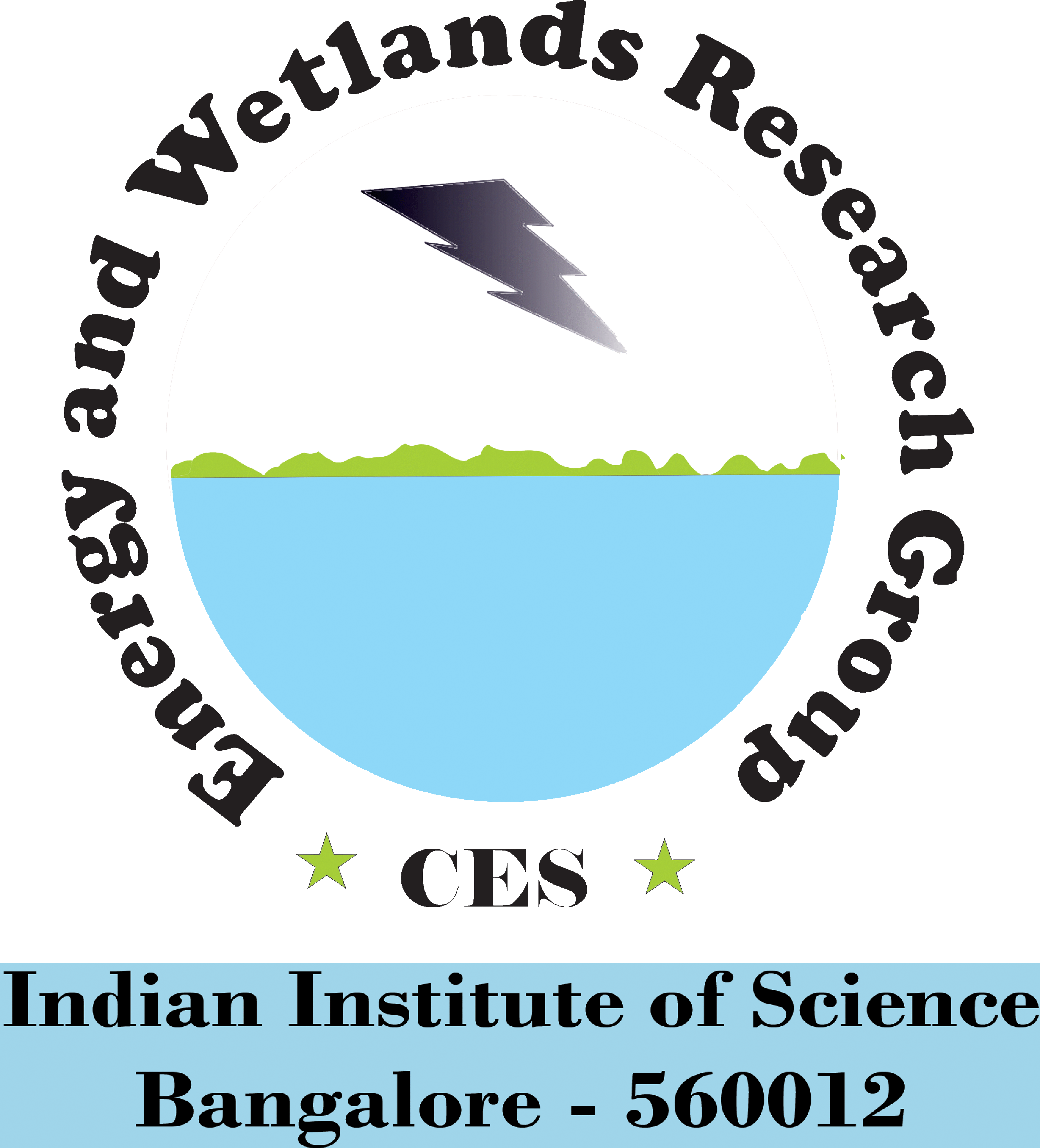The landscapes have its own uniqueness of supporting and maintaining prime natural resources. Land use and land cover are prime components in understanding of land scape, environment and the interactions of the human activities. Land cover is defined as biophysical features present on earth surface such as vegetation (forest, cropland, grass cover, wetland pastures, etc.) and non-vegetation (rocks, open spaces etc.). Land use is defined as the human activities towards the usage of land such as agriculture, urban development, etc. The Earth surface is being altered drastically due to anthropogenic activities affecting to natural ecosystems, such as terrestrial and aquatic ecosystems (Newbold et al, 2015; Ramachandra et al., 2016a; Cuo, 2016). LULC change has been recognized as prime driver of global change in biodiversity. LULC change is governed by demographic, institutional, political, socio-cultural, developmental or environmental factors, influences productivity of the land and biological diversity in protected areas (Geist, 2002). LULC changes in ecologically fragile regions can result in the loss of biodiversity homogenization of vegetation (Kintz et al., 2006), susceptibility to habitat fragmentation, increased edge effects (Harper et al., 2005; Ramachandra et al., 2016b), or an increase in the degree of human activity such as hunting, logging, grazing, or agriculture. Agricultural intensification through adopting economically important crops or land use has triggered tropical deforestation was positively correlated with population growth and exports of agricultural products (DeFries et al., 2010).
Land use change is driven by multiple, interacting factors that originate from the local to the global scales, involve feedback loops, and cascades through land use systems. Understanding LULC changes aid in analyzing regional landscape configuration and composition influenced by plant species composition, nutrient cycling, water flows, and climate associated changes in ecosystem functions (Bharath et al., 2013; Ramachandra et al., 2016b). The regulatory bodies have proposed different levels of land use restrictions to protect or conserve nature and its services by legal status as protected landscapes/areas across the globe (Aukland et al., 2003). Protected areas are created to arrest deforestation, reducing human pressure on biodiversity, eradicating economic exploitation of resources. The protected areas, national parks, wild life sanctuaries have been expanded globally in order to conserve biological and cultural resources of ecosystem from further degradation (Zimmerer et al., 2004). On other hand, there has been accelerated deforestation in surroundings by increasing the density of agents attracted by economic opportunities around parks (Wittemyer et al., 2008). LULC change surrounding a reserve can reduce its conservation capacity, and loss of biodiversity inside a protected area may be attributed to the size or isolation of the reserve (DeFries et al., 2005). Wildlife conservation cannot be restricted to national parks and sanctuaries. Areas outside the protected area network are often vital ecological corridor links and must be protected to prevent isolation of fragments of biodiversity. Buffer zones with controlled land use activities have been suggested as a management strategy to reduce the influence of surrounding land use on biodiversity within the protected area (Byers, 2000; Lynagh and Urich 2002).
The advancement of technologies in vegetation mapping has providing a precise evaluation of the spread and health of forest and accurate up to date land cover change information, environmental consequences. Satellite data has been providing immense help in monitoring LULC change because of the repetitive coverage at short intervals. Remote Sensing (RS) with its advantages of spectral, spatial and temporal nature of data and Geographical Information System (GIS) techniques can be used to provide an updated map of geospatial features in the form of LULC changes of even inaccessible areas within a short span of time. RS technique has proven to be a cost effective tool that provides synoptic coverage of areas of interest and facilitates to quantify LULC change, strong environmental impacts. Modeling and visualization is considered as a conceptual, mathematical approach of deriving relationship between the driving forces such as socioeconomic, political, technological, natural and cultural factors (Verburg et al., 2004; Batty and Torrens, 2005; Ramachandra et al., 2014) of a complex system and their interactions on landscape. Modeling LULC change information at temporal scale helps the decision makers, planers to enumerate the influence of human action on land surface conditions, ecosystem processes and effective management of natural resources. Cellular automata (CA), Markov chain models, agent based models and fractals approaches has evolved as a promising tools of understanding macro to micro level changes and comprehensive projection of a region (Matthews et al., 2007; Bharath et al., 2014). CA models are relatively simple as compared with traditional mathematical models yet produce meaningful results to support decision making in a planning context. CA combined with Markovian process can supports to derive changes based on deterministic logical transition rules accounting the interaction between the various land use and dynamic systems of landscape (Caruso et al., 2005; Bharath et al., 2016). Mondal et al., 2016 highlights the efficiency of CA_Markov LULC model in prediction and validated using statistical test of independence (K2) was performed; the Markovian suitability has been checked using hypothesis of goodness of fit (Xc2). The assessments have proved CA Markov model’s ability to specify grid cell level location of future change as nearly perfect.
Objective of the study is to analyze
- current status and trends in temporal LULC patterns of forest cover in and around protected areas of Central Western Ghats from 1973 to 2016,
- understanding agents of changes for land use dynamics,
- simulation of likely land use in 2026 based on CA-MARKOV analysis.

